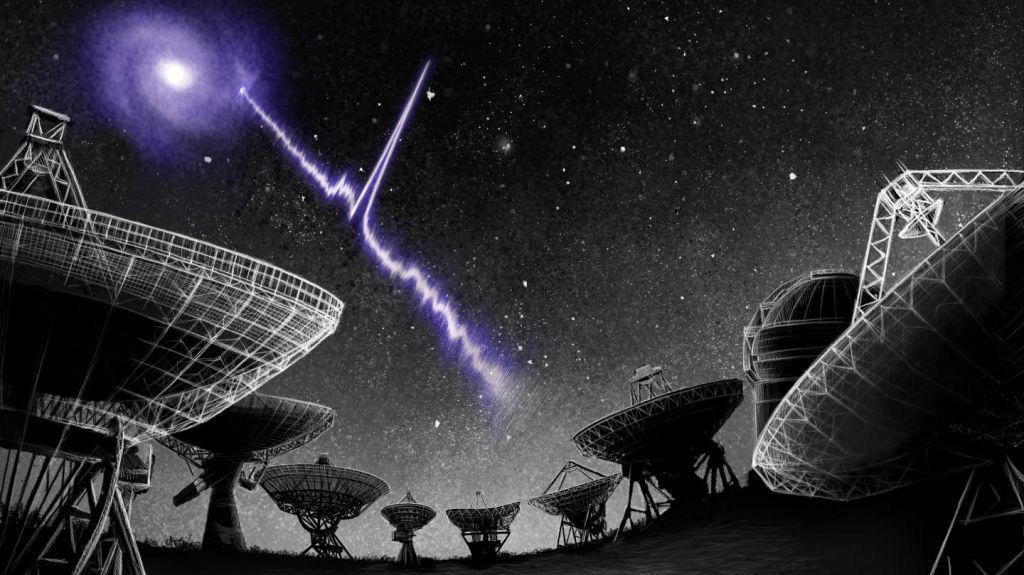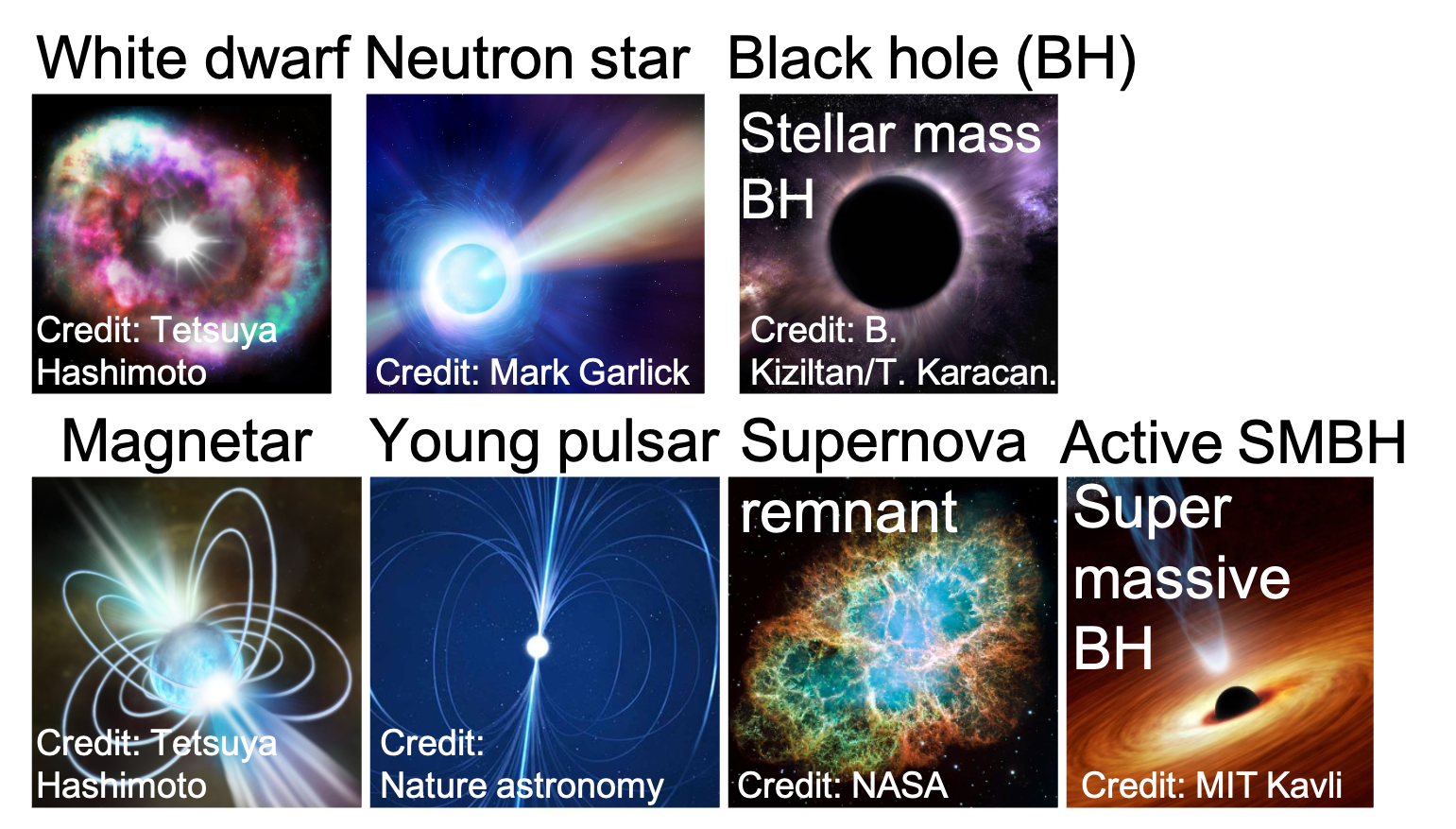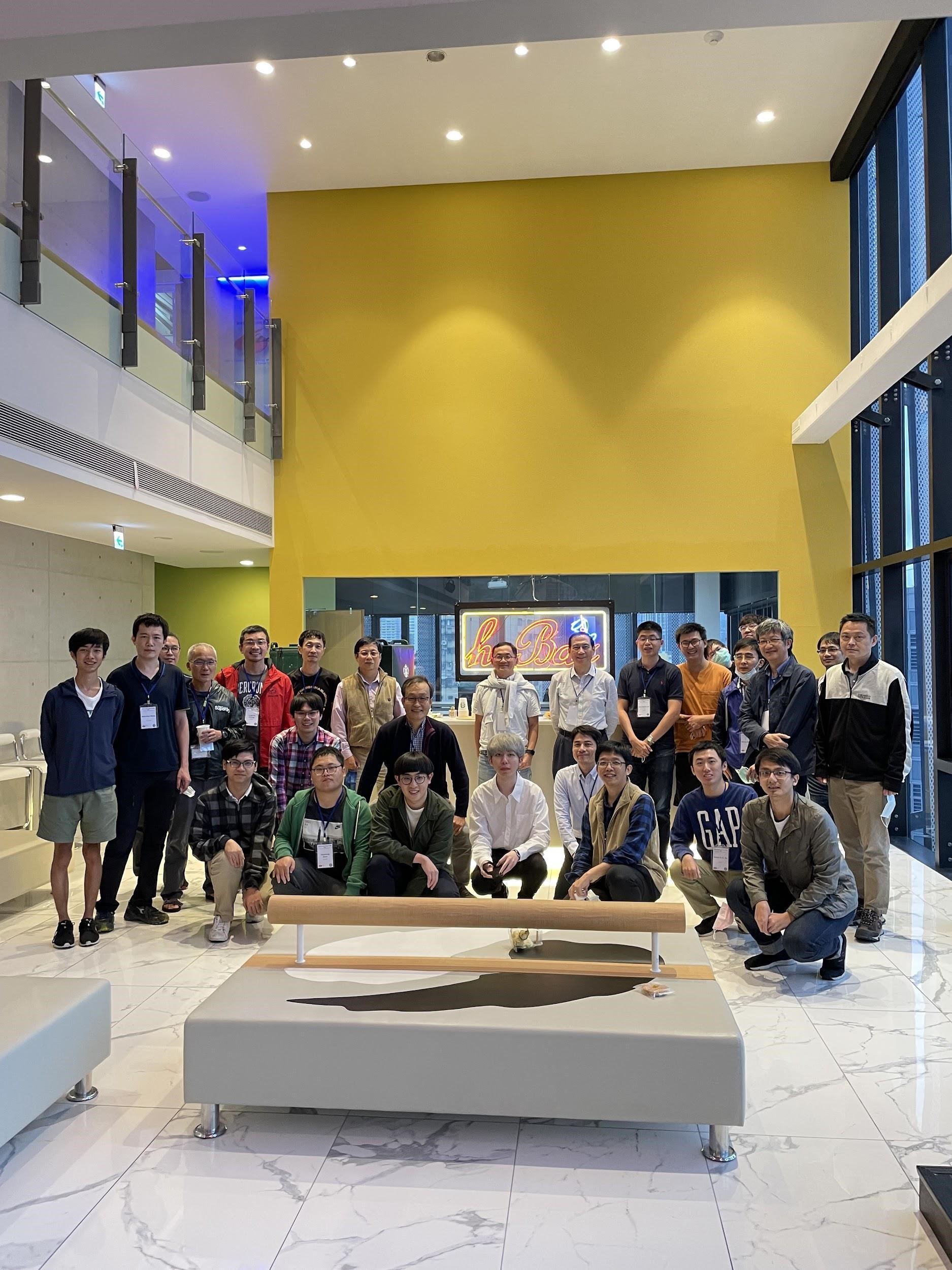Bustling Universe Radio Survey Telescope in Taiwan (BURSTT)

This project will deliver a unique radio telescope, the Bustling Universe Radio Survey Telescope in Taiwan (BURSTT), and support several world-first science breakthroughs using this powerful new instrument.
Until recently, astronomers did not know that extragalactic millisecond-duration radio bursts—or fast radio bursts (FRBs)—are happening thousands of times each day. Despite having more than 50 theoretical models proposed, the nature of FRB remains unknown.
The physical origin of FRBs has become one of the most urgent questions in astronomy and physics. Why does the origin of FRBs remain unknown? Three major challenges have hampered the progress:
- The angular resolution of existing radio telescopes is poor, which makes it difficult to identify the accurate positions of FRBs;
- Existing radio telescopes are not tailored for FRBs, which results in most detected events being distant and faint and thereby difficult to detect in other wavelengths, which is critical for constructing physical models;
- The field-of-view (FoV) of existing telescopes is small and cannot distinguish repeated versus single-burst events with a distinct origin.

We propose to solve all three challenges by building the world’s first telescope dedicated to FRBs, the Bustling Universe Radio Survey Telescope in Taiwan (BURSTT), whose fisheye field-of-view will make its instantaneous exposure area 25 times greater than today’s best telescopes. At the same time, BURSTT is an interferometer with baselines of 100s km, allowing us to accurately locate the position of the FRBs to their host galaxies. This interferometer with a massive window to the sky will immediately solve challenges (1) and (2), allowing BURSTT to discover a large sample of bright FRBs with localization, and specifically those located close to Earth. FRBs detected by BURSTT will typically be ~3 times closer than those detected by today’s best telescope. Collecting a large sample of nearby FRBs with accurate positions is essential for allowing multi-wavelength detections. The question of FRBs’ origin will only be settled once we compare multi-wavelength and multi-messenger counterparts.
Through its wide FoV, BURSTT will be by far the best positioned instrument to find multi-messenger counterparts through gravitational waves, neutrinos, cosmic rays, and high energy photons. Multiwavelength follow-up will require optical, X-ray and gamma-ray instruments. While in general they cannot peer deep into the Universe, these instruments can thoroughly investigate regions nearer to Earth.
BURSTT’s large FoV also provides us with a high-cadence, i.e., repeating FRBs can be precisely known. The capability of distinguishing repeated versus single-burst events is critical, because their physical origins are likely different. The immediate scientific goals of this project are to
- complete a census of nearby repeating and non-repeating FRBs,
- identify FRB multi-wavelength counterparts,
- determine the origin of a sufficient number of FRBs to allow the first generalization about their nature.
In the long run, our investigations will allow us to launch even more ambitious science, such as using FRBs as a cosmic probe to constrain theories of dark energy. BURSTT’s sample of thousands of FRBs will be unprecedented, with accurate localization and high cadence. By building the first FRB telescope, Taiwan will become a world leader of FRB science.

Project Members (17)
Journal Papers (1)
- Lin H-H; Lin K-Y; Li C-T; Tseng Y-H; Jiang H; Wang J-H; Cheng J-C; Pen U-L; Chen M-T; Chen P; Chen Y; Goto T; Hashimoto T; Hwang Y-J; King S-K; Kubo D; Kuo C-Y; Mills A; Nam J; Oshiro P; Shen C-S; Tseng H-C; Wang S-H; Feng-Shun Wu V; Bower G; Chang S-H; Chen P-A; Chen Y-C; Chiang Y-K; Fedynitch A; Gusinskaia N; Ho SCC; Hsiao TYY; Hu C-P; Huang Y D; Jauregui Garcia JM; Kim SJ; Kuo C-Y; Fang-Jie Ling D; On AYL; Peterson JB; Raquel BJR; Su S-C; Uno Y; Wu CKW; Yamasaki S; Zhu H-M, "BURSTT: Bustling Universe Radio Survey Telescope in Taiwan" , PASP: 134(1039), id.094106 (14pp), Sep, 2022 [SCI] ( ADS | Fulltext )